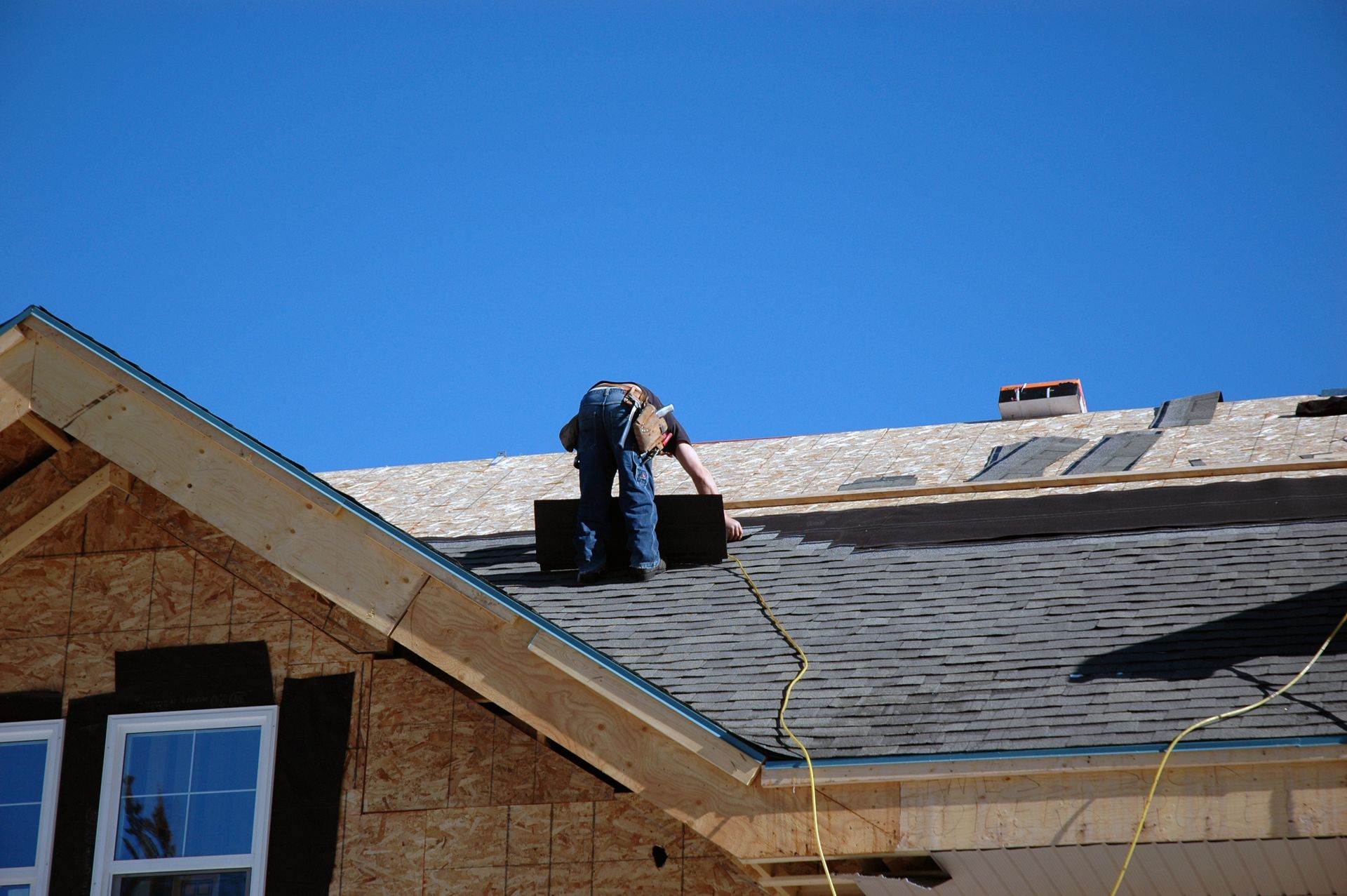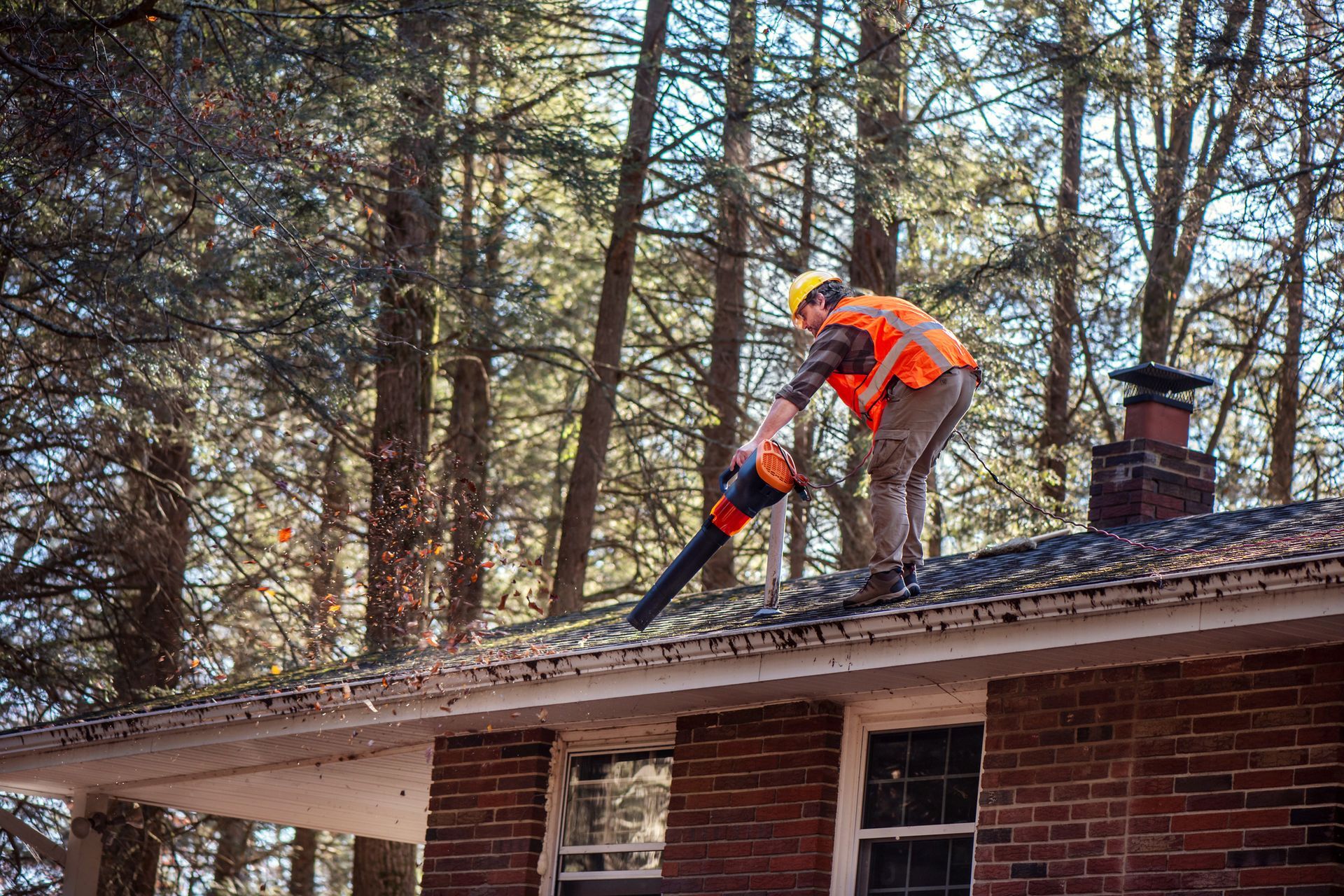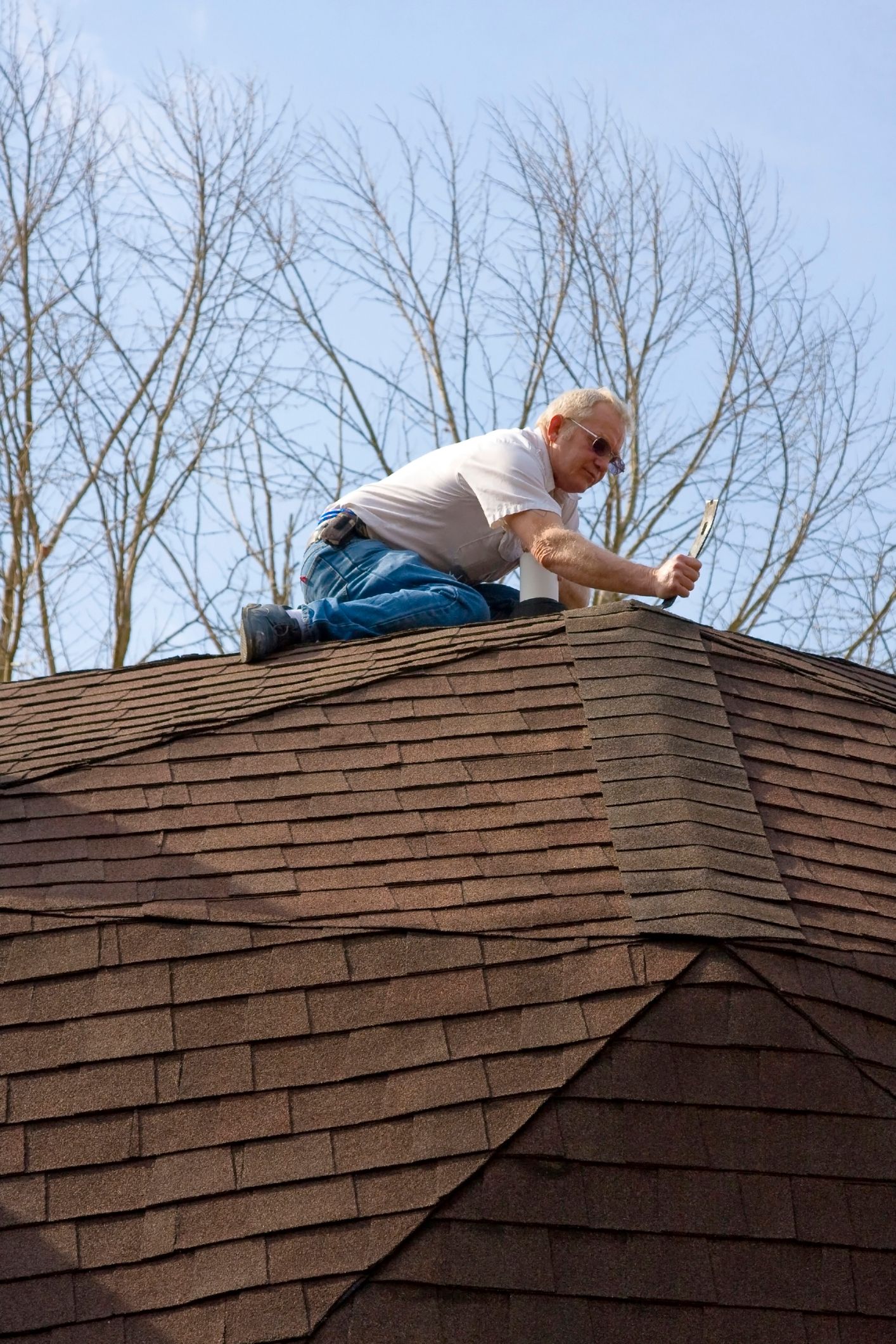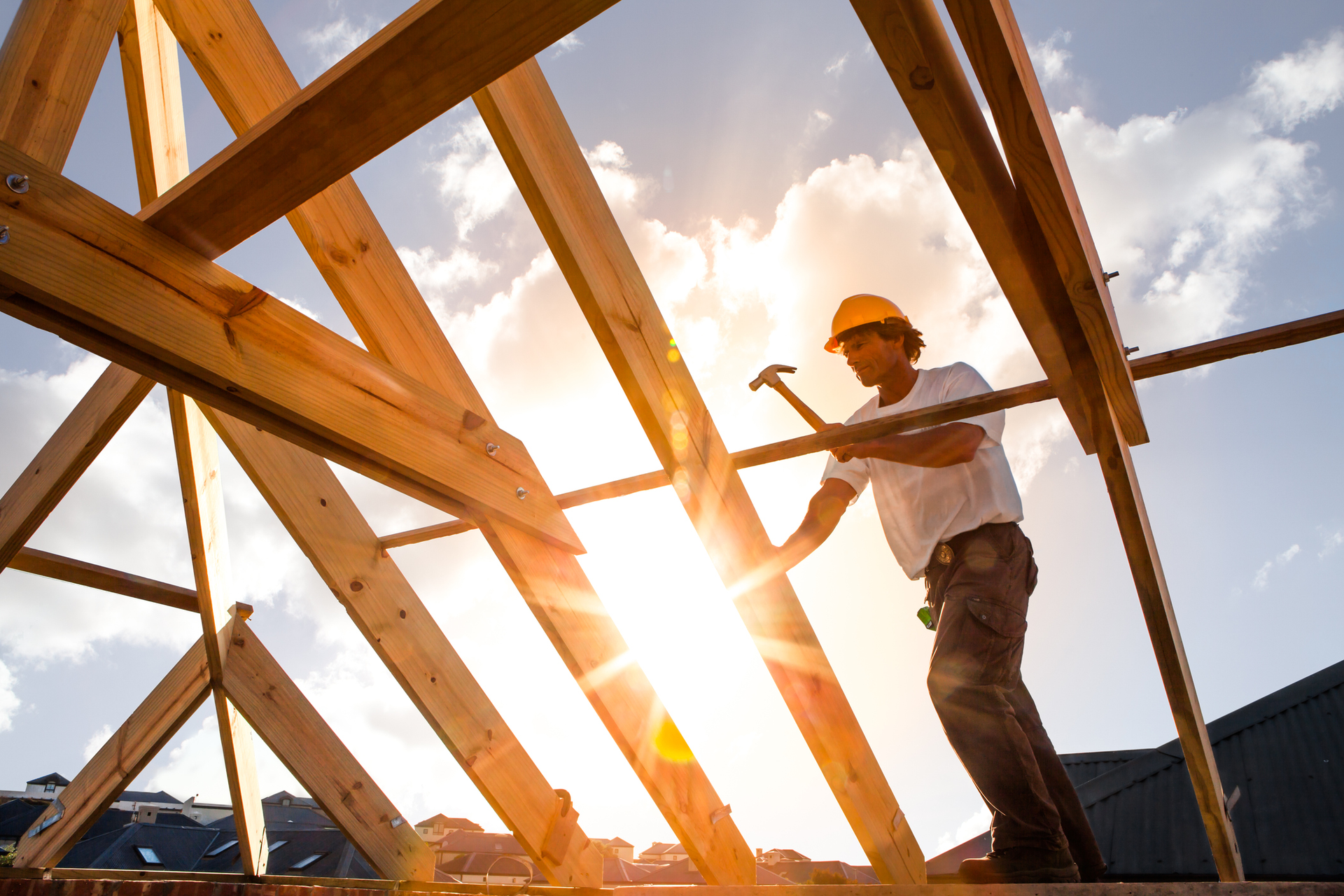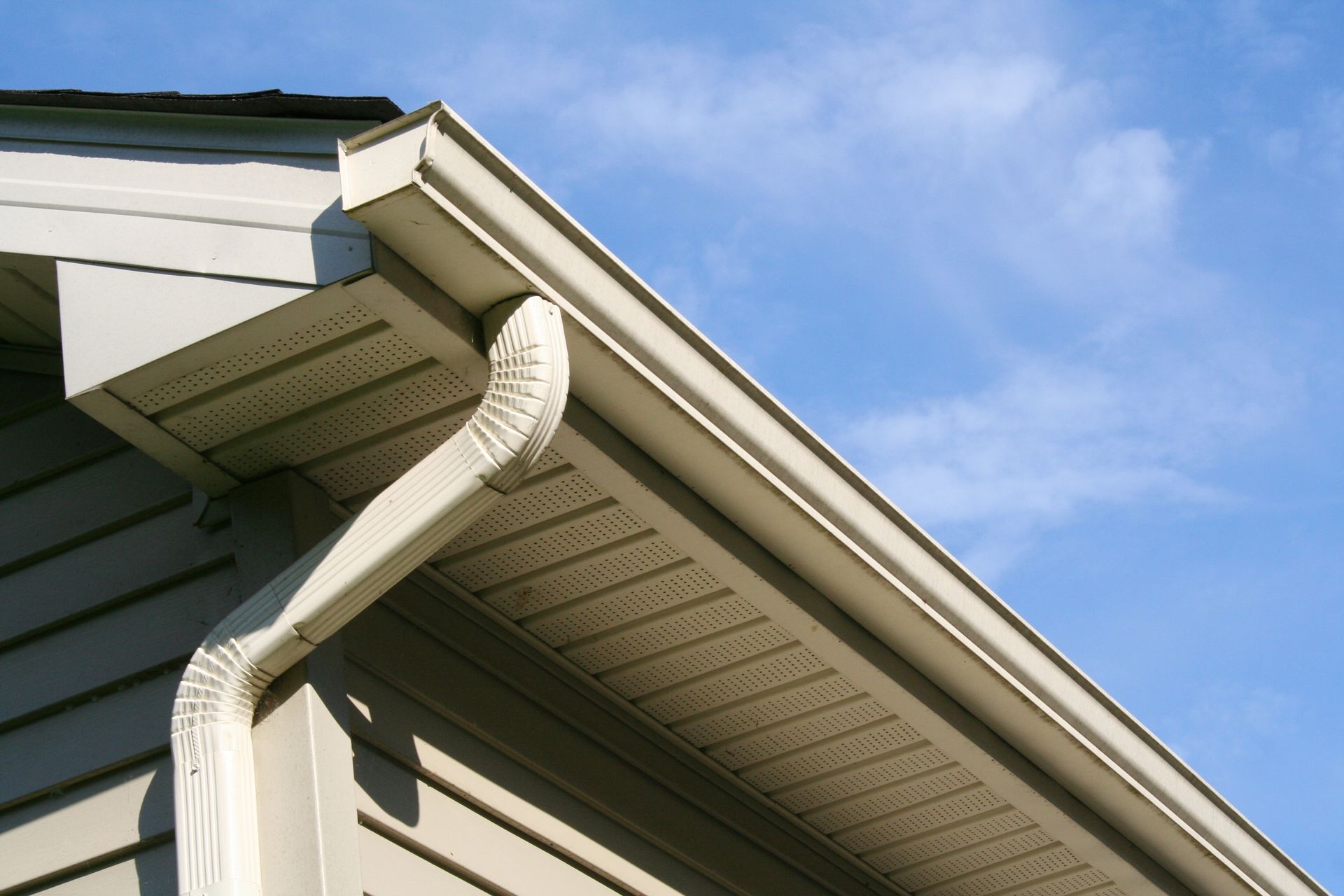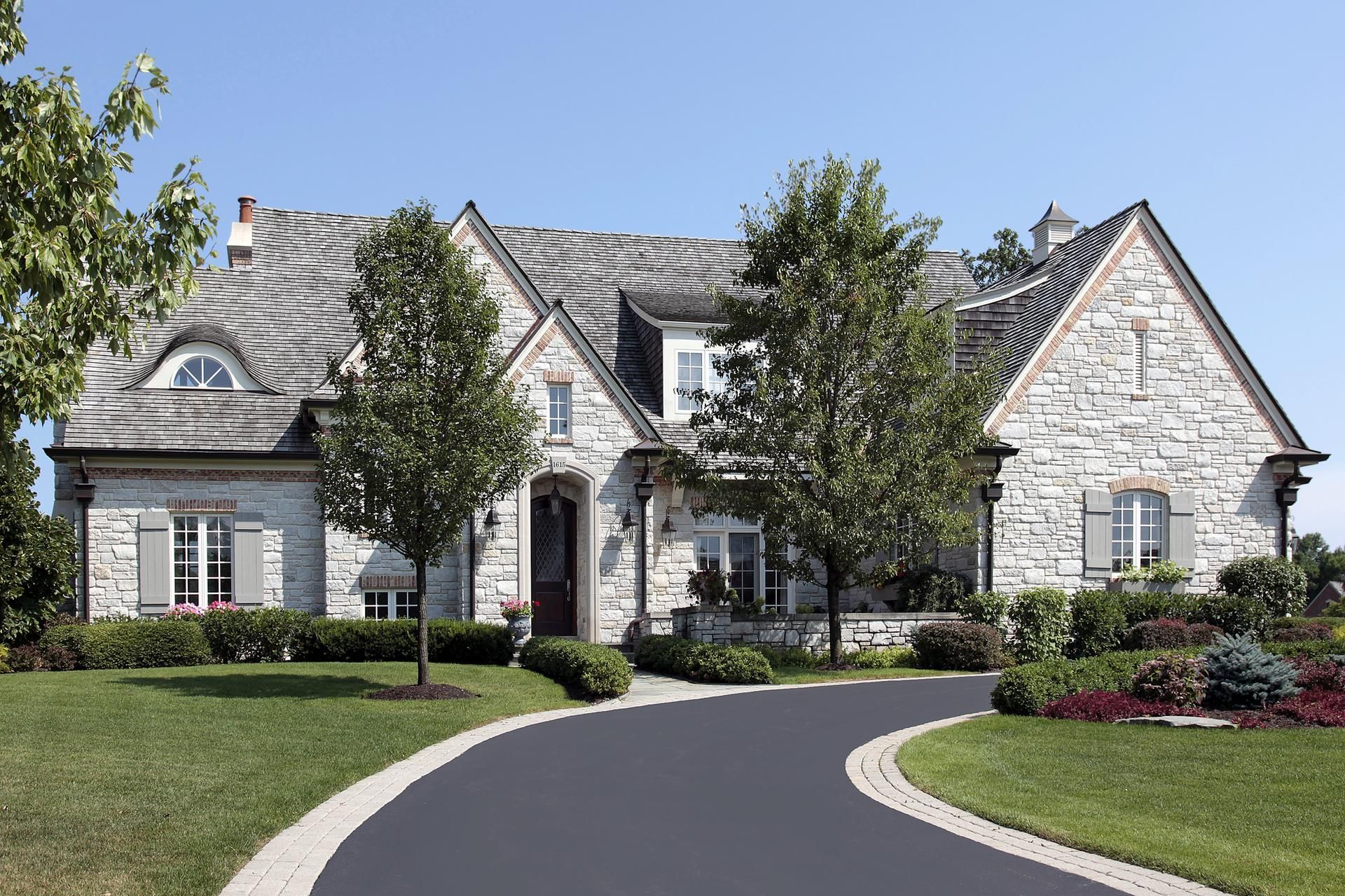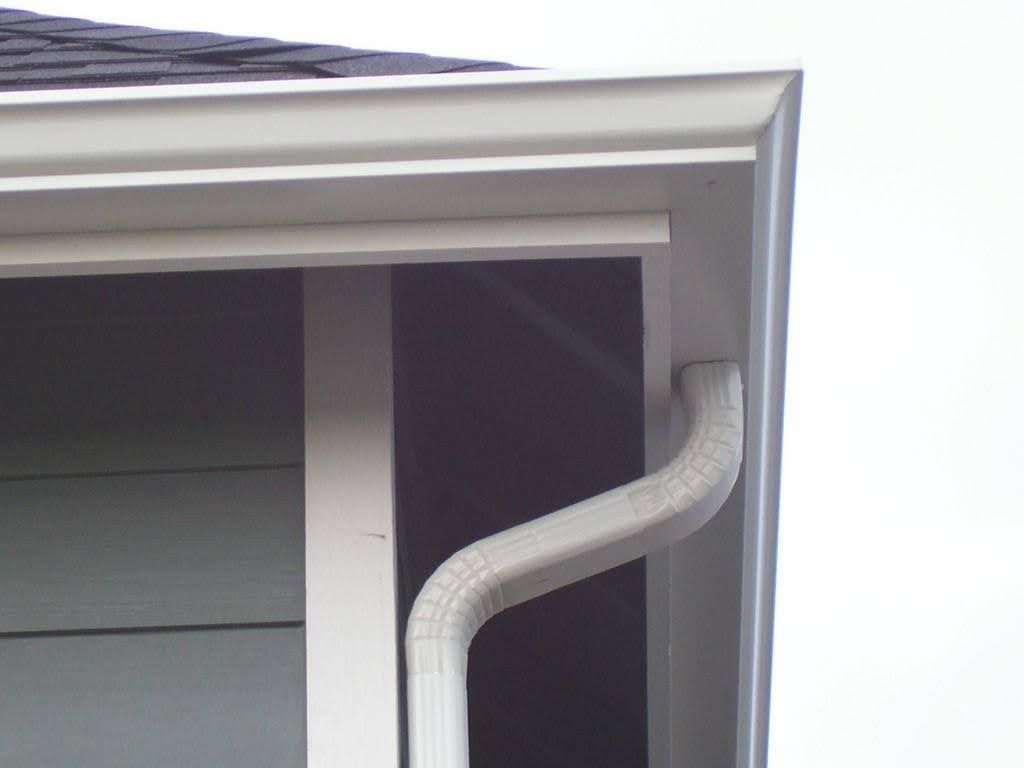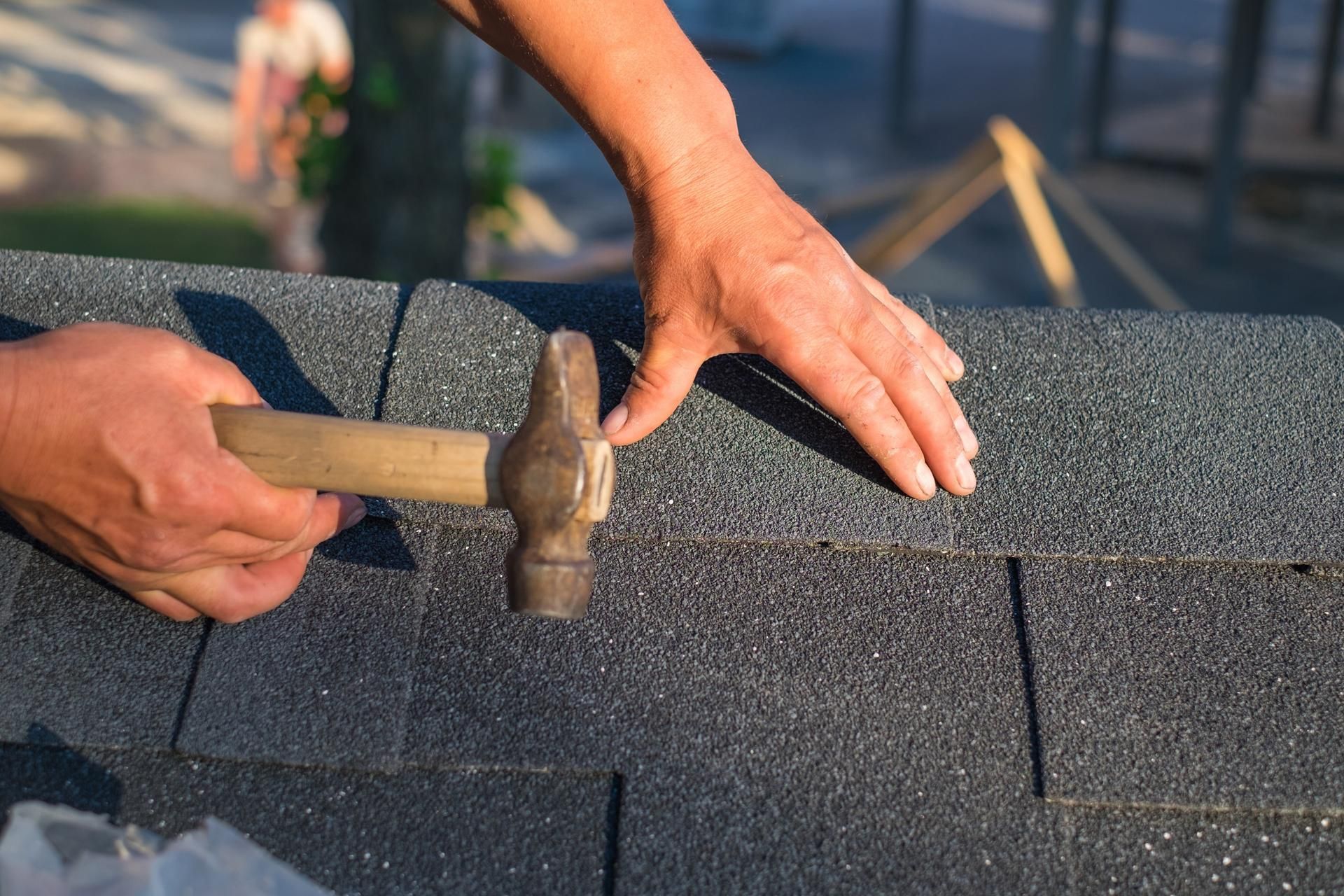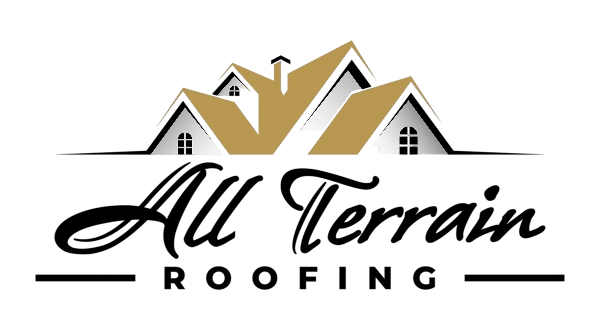Factors Affecting The Lifespan Of Your Roof
The roof is undeniably one of the most vital components of any structure, providing protection against the elements and ensuring the integrity of the entire building. A well-maintained roof can last for decades, while a neglected one might require frequent repairs or premature replacement. Here are the factors that influence the lifespan of a roof.
Roofing Material
Different materials possess distinct properties that determine their resistance to weathering, temperature fluctuations, and other environmental factors. For instance, asphalt shingles are cost-effective but may have a shorter lifespan due to their susceptibility to weather damage and UV rays. On the other hand, metal roofs are more durable, offering superior resistance to high winds, fire, and hail, thus potentially extending the lifespan of the roof.
Additionally, materials like clay or concrete tiles can provide excellent insulation and durability, making them more resistant to extreme weather conditions.
Weather Conditions
Sun exposure, for instance, can cause materials to expand and contract, leading to cracks, warping, and discoloration of shingles or roofing materials. Prolonged exposure to intense sunlight can contribute to the degradation of the roof's surface through the effects of UV rays.
On the other hand, excessive rain and moisture can foster the growth of moss, algae, and mildew, particularly in shaded areas of the roof. This can lead to water retention, which may result in rotting, leaks, and water-related damage to the roof structure. Strong winds also have the potential to lift shingles and other roofing materials, leaving the underlying structure vulnerable to damage from water infiltration and structural instability.
Underlayment
High-quality underlayment can aid in temperature regulation by providing an additional insulation layer. Minimizing the impact of extreme temperature fluctuations helps to prevent materials from expanding and contracting excessively, which can lead to premature wear and tear.
In addition, underlayment plays a key role in enhancing the roof's resistance to strong winds. By providing an extra layer of defense, it helps to secure the roofing materials more effectively, reducing the risk of shingle or tile loss during severe weather conditions. This added protection against wind damage is vital in extending the overall lifespan of the roof and minimizing the need for frequent repairs or replacements.
Roof Slope or Pitch
A steeper roof pitch allows for better water drainage. When water doesn't pool on the roof, it reduces the likelihood of water damage, such as leaks and rot. Standing water can accelerate the deterioration of roofing materials, leading to a shorter lifespan.
Secondly, a steep roof pitch helps prevent the accumulation of debris, such as leaves, branches, and other detritus. When debris builds up, it can trap moisture, leading to decay and mold growth. Regular moisture exposure can compromise the integrity of the roofing materials and shorten the roof's lifespan.
Insulation & Ventilation
Proper insulation helps regulate the temperature inside the building, preventing the formation of ice dams and minimizing heat-related damage. Additionally, effective ventilation reduces moisture buildup, preventing the growth of mold and mildew and preserving the structural integrity of the roof.
Roofing Color
The color of the roofing material can influence the temperature of the underlying structure. Dark-colored roofs tend to absorb more heat, which can accelerate the deterioration of the roofing materials, especially in regions with intense sunlight and high temperatures. On the other hand, lighter-colored roofs reflect more sunlight, reducing heat absorption and potentially extending the roof's lifespan.
Workmanship of Your Roofing Contractor
Poor installation practices can compromise the integrity of the entire roofing system, leading to issues such as leaks, improper flashing, and inadequate ventilation. Hiring a reputable and experienced roofing contractor is crucial to ensure the installation is done correctly, using the best practices and techniques in the industry.
All Terrain Roofing is a reputable contractor who can help you. Contact us for more information.
